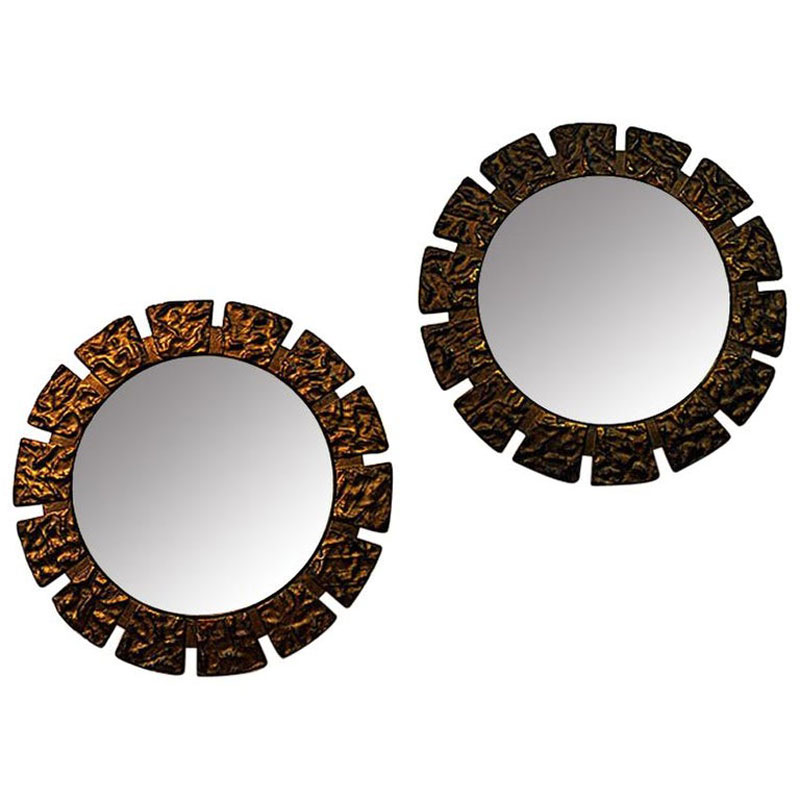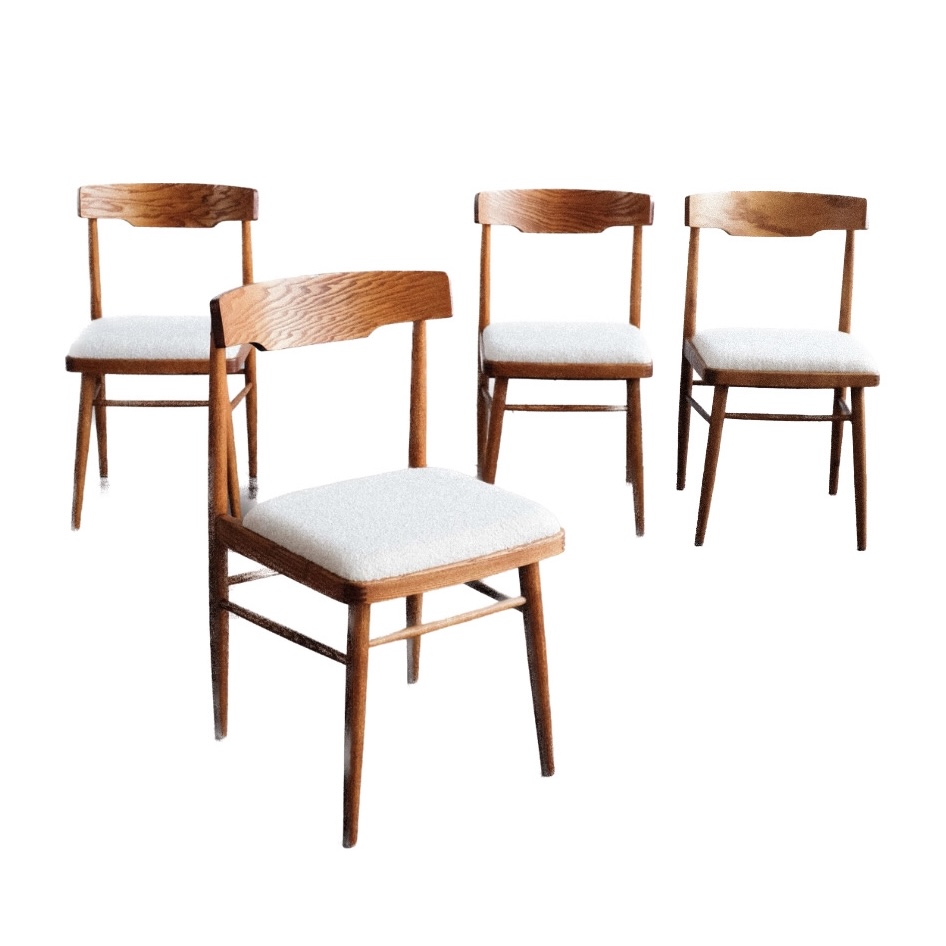Hey folks! This is my first post so be nice. 🙂
As far as I know I have a Vejle Stole 27x27" side table that was made in Denmark. I am looking for some help in identifying the type of wood it's built with. The legs and sides look like teak to me but the bottom, which is simply stunning in my opinion, screams rosewood. Any help would be most appreciated. Thanks!  <img class="wpforo-default-image-attachment wpforoimg" src=" http://old.designaddict.com/sites/default/files/forum/KRFFzC6l.
<img class="wpforo-default-image-attachment wpforoimg" src=" http://old.designaddict.com/sites/default/files/forum/KRFFzC6l. 
Zebrano was my first thought, too.
I've never seen such dramatic color variation between growth rings like that, though. It almost looks faked, like Diamond Wood or something, though it surely isn't.
Typically, the backing or counter veneers are rejects or lesser quality of the same or similar species as the "A" face. This piece probably got tossed into the pile for being too wacky.
.
The bottom veneer is a "man-made grain" of the kind introduced some time back by Abet Laminati (or their subsidiary). Veneers of a specially-chosen and farmed specie are rotary-cut, stained (some amazing colors), then laminated into a block with some serious waves in it. This block is then sliced to make the product. The waves translate into a grain pattern, just as in natural wood. You can just make out the glue line between each stripe . . .
Why this labor-intensive product would be used as a secondary veneer is anybody's guess. Perhaps this was an unpopular color. The benefits of the product are, presumably, the availability of almost unlimited quantities of perfectly uniform and matched veneer, and the fact that it's still "real wood."
thanks!
Thanks for the all the info tktoo, SDR, and Simon! The info about the "man-made grain" on the underside is very interesting - I had never heard of this and it does seem strange that a process so time-consuming would be hidden. Thanks for the designer's name Simon. I will research him a bit more. Do you know any more info about the bottom and why it would be there? Was it common to cover the underside in a veneer? Is the top definitely teak? Is it not solid, hence the need for a veneer on the bottom? Thanks again!
The top is not solid.
Mos...
The top is not solid.
Most Vejle Stole production (that I've seen) has the stamp on raw particle board on the underside. However this is not usual for danish construction. Usually a secondary species veneer is applied to the bottom, and usually it is approximately similar in appearance as the primary wood. Sometimes it will be teak veneer top and bottom.
I doubt anyone can tell you for certain why that table has such an under side. Probably the factory was using this veneer for some purpose, had laminated too much, and so it got flipped and veneered teak.
Most people would have seen...
Most people would have seen reconstituted veneer by now, usually on reception counters, often the 'grain' is a little more subtle now but its the consistenecy that is usually the give away.
Its okay to work with, very thin and it can tear along the grain but on the other hand poplar grows fast and if it stops better veneer being used on something that (lets face it) is destined for landfill its probably a good thing.
http://eltongroup.com/eveneer/what-is-eveneer/
Panels of
virtually any material, if veneered on one face, should be veneered -- in the same direction, and preferably of similar specie, not for appearance but for performance -- on the other as well. Plywood stays flat primarily because its two faces are treated this way. Panels with physically different face conditions and finishes can and often do warp.
There are exceptions, and a manufacturer who knows what he's doing can break this rule, sometimes. I worked at a company which applied phenolic veneer -- plastic laminate -- to 3/4" lumber core sheets, to be ripped into cabinet face frame members. They used to cover the hidden face with laminate backer applied with the same rigid glue; eventually they discovered that they could dispense with the backer as long as the surface was sealed with the same glue.
They used waxed phenolic-coated sheets of thin hardboard for this purpose, laying up the panels face-to-face and back-to-back in the press.
The Lexus LS has a steering w...
The Lexus LS has a steering wheel wrapped in "shimamoku wood". And there is a video showing it starting out as logs and going through the process of becoming veneer and wrapped on a steering wheel.
The process starts at 1:30 or so.
http://m.youtube.com/watch?v=mabO5t5alK0
If you need any help, please contact us at – info@designaddict.com









